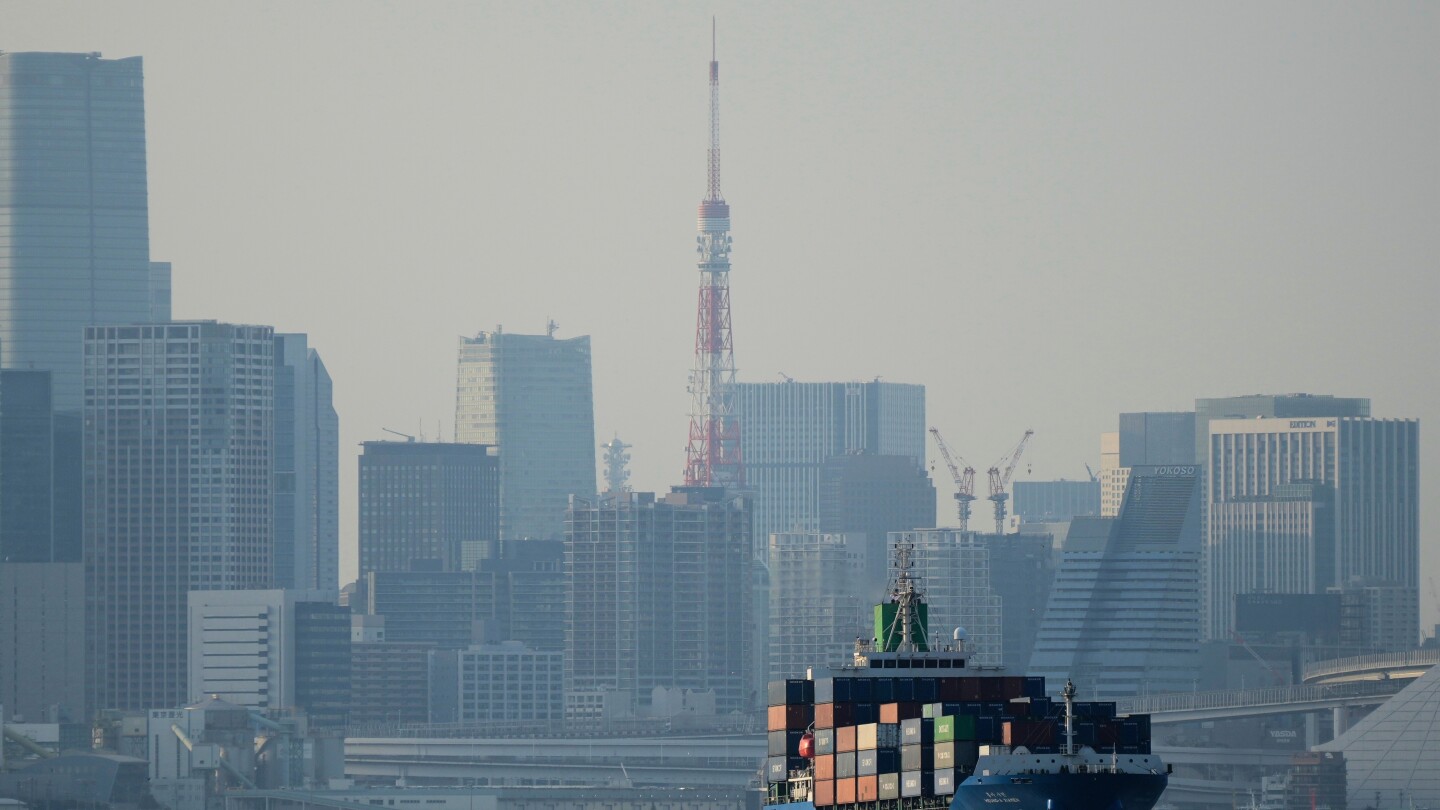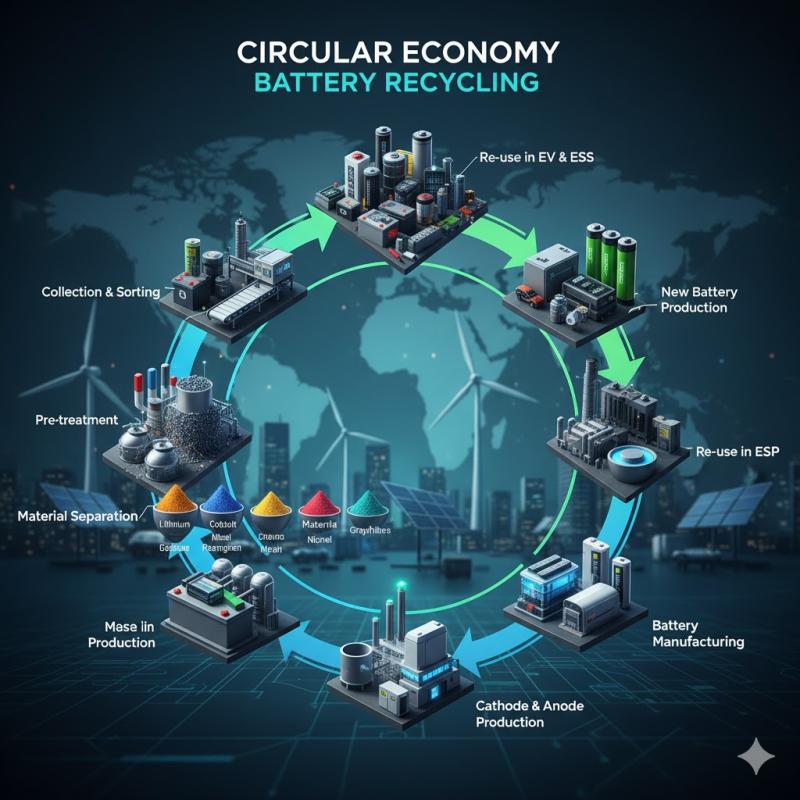Summary
The U.S. has blocked a global fee on shipping emissions as an international maritime meeting ended Friday without adopting new regulations.
Source: apnews.com

AI News Q&A (Free Content)
Q1: What is the significance of the environmental impact of shipping and how does it contribute to global emissions?
A1: Shipping contributes to more than 18% of nitrogen oxides pollution and 3% of global greenhouse gas emissions. Despite being the most energy-efficient mode of transporting cargo, the sheer volume of global shipping activities significantly impacts the environment. The industry's emissions continue to rise, partly due to substantial tax privileges that shipping enjoys.
Q2: How does the International Maritime Organization (IMO) regulate maritime transport to address environmental concerns?
A2: The IMO, a UN specialized agency, develops a comprehensive regulatory framework for shipping, covering maritime safety, environmental concerns, and legal matters. It aims to balance the industry’s economic benefits with environmental protection. The IMO's regulations include measures to reduce emissions and promote sustainable shipping practices.
Q3: What is the IMO Net-Zero Framework, and what impact will it have on global shipping emissions?
A3: The IMO Net-Zero Framework is a UN initiative to impose a carbon pricing mechanism on maritime emissions, set to start in 2028. It aims to apply a carbon price of USD 100 per tonne of CO2 equivalent to ships over 5,000 gross tonnage, which are responsible for 85% of shipping emissions. This framework seeks to reduce the 3% contribution of shipping to global greenhouse gas emissions.
Q4: What were the findings of the study on sulfur regulations for shipping fuel and its impact on ship tracks?
A4: The study revealed that sulfur regulations, alongside the COVID-19 pandemic, significantly reduced the frequency of ship tracks—visible markers of ship aerosol emissions—in 2020. This reduction represents a shift towards lower emissions, potentially altering shipping routes due to economic considerations and regulatory compliance.
Q5: How do ship tracks affect cloud formation and climate regulation, and what dataset has been developed to study this phenomenon?
A5: Ship tracks, created by aerosols from ships interacting with marine clouds, affect cloud albedo and, consequently, climate regulation. The CloudTracks dataset, comprising over 12,000 ship track annotations in satellite images, has been developed to aid in understanding these effects. It is used to train models for better ship track localization, which is critical for climate impact studies.
Q6: What are the challenges and strategies for adopting low sulfur fuels and scrubbers in the maritime industry?
A6: The adoption of low sulfur fuels and scrubbers poses financial challenges for ship manufacturers and companies, requiring increased investment in technology. Strategies involve choosing technologies based on trade routes and cost-benefit analyses, ensuring compliance with MARPOL Annex VI to reduce sulfur emissions and enhance regulatory adherence.
Q7: What role does cybersecurity play in the maritime industry, and what are the identified challenges?
A7: Cybersecurity is crucial in protecting maritime systems, which are vital for global trade. A study highlights challenges such as insufficient training and response protocols, fragmented regulations, and the need for improved threat detection tools. These challenges are exacerbated by the sector's complexity and require targeted research and policy adjustments.
References:
- Environmental impact of shipping
- International Maritime Organization
- IMO Net-Zero Framework
- Global Reduction in Ship-tracks from Sulfur Regulations for Shipping Fuel
- CloudTracks: A Dataset for Localizing Ship Tracks in Satellite Images of Clouds
- Sulfur emission reduction in cargo ship manufacturers and shipping companies based on MARPOL Annex VI
- A Sea of Cyber Threats: Maritime Cybersecurity from the Perspective of Mariners





